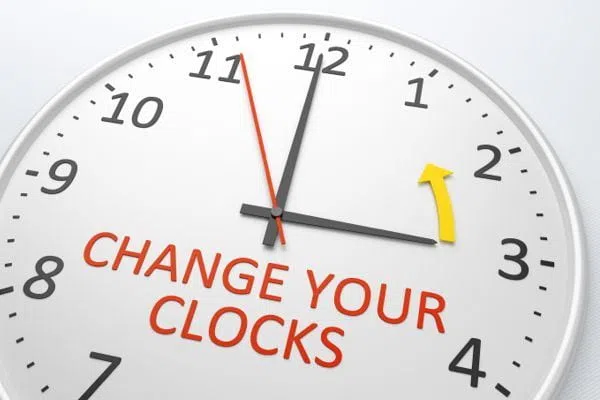
Photo courtesy of the University of Delaware
By MICHAEL CRIMMINS
Glasgow News 1
It happens twice every year: Time changes.
Daylight saving time is set to end on Sunday, Nov. 2, at 2 a.m., which will mean people will need to “fall back” an hour. Fortunately, this time change will allow people to get an extra hour of sleep, for example if a person wakes up at 7 a.m. every morning then they will technically wake up an hour later after the time change.
The time change also means it’ll get darker outside sooner than it does in the summer.
Daylight saving time, which begins on March 2 and ends on Nov. 2, was established by the U.S. Congress after the Standard Time Act of 1918 was passed that set up the five standard time zones in the United States. According to the congressional website, the time change was originally observed as a way to conserve energy during World War I and the Uniform Time Act of 1966 specified the observance of daylight saving time in the U.S. — though some state were allowed to exempt themselves, which currently just includes Hawaii and most of Arizona.
In 2025 the Sunshine Protection Act was introduced in the U.S. House of Representatives, which aims to make daylight saving time permanent. The bill’s last action was its introduction on Jan. 3 and referred to the House Committee on Energy and Commerce.
Comments